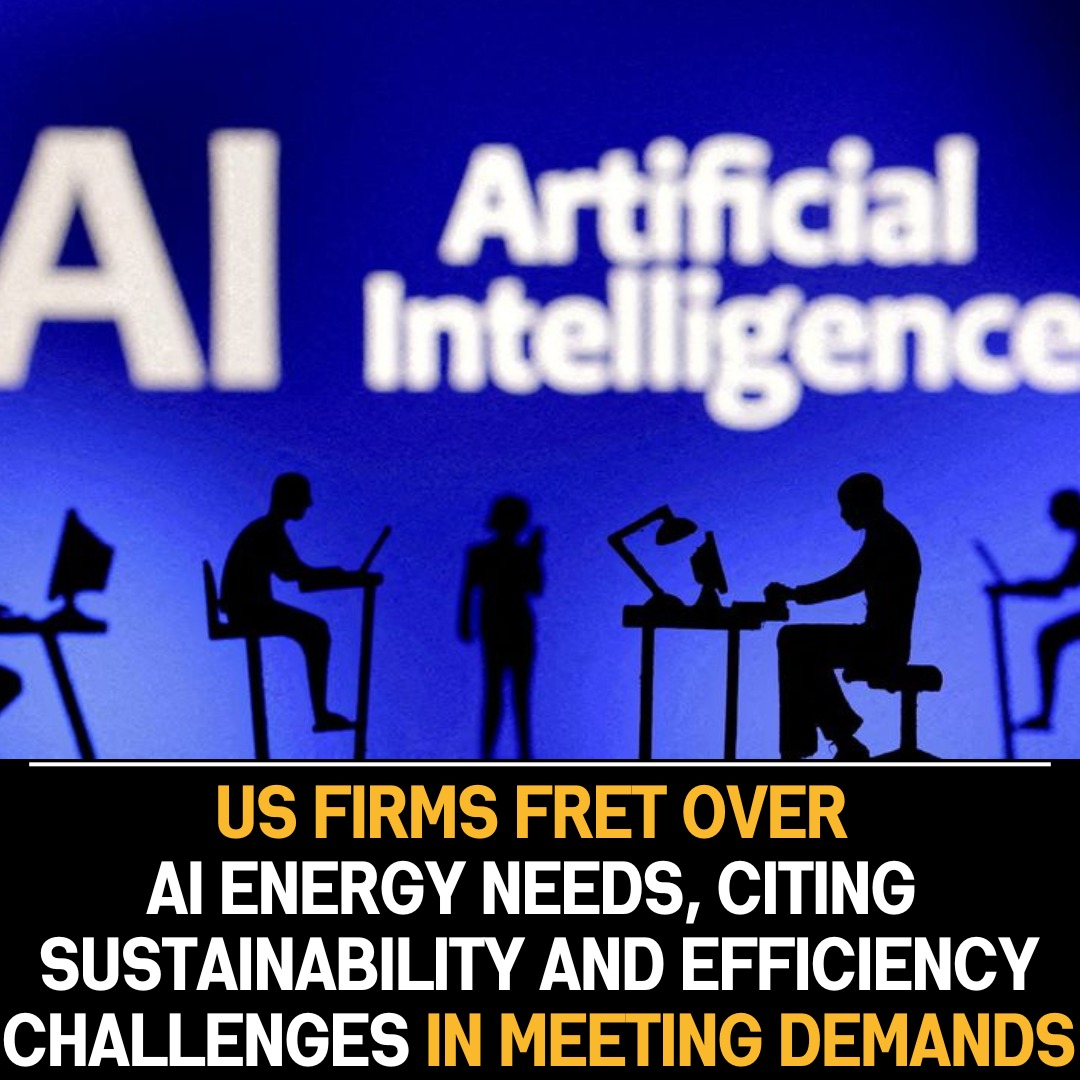The intersection of artificial intelligence (AI) technologies and energy demands has become a focal point for both US power and tech firms, sparking concerns and prompting discussions about the sustainability and efficiency of AI applications.
AI technologies, particularly deep learning algorithms and neural networks, require substantial computational power to process and analyze large volumes of data. This computational intensity translates into significant energy consumption, as data centers and computing infrastructure must operate continuously to support AI workloads. As AI continues to permeate various sectors, from healthcare to finance to transportation, the demand for computational resources is expected to surge, further exacerbating energy consumption.
US power firms are grappling with the challenge of meeting the escalating energy demands of AI technologies while also striving to transition towards renewable and sustainable energy sources. The reliance on fossil fuels to power data centers and computing facilities poses environmental concerns, including carbon emissions and resource depletion. Moreover, the strain on existing power grids and infrastructure due to increased energy consumption from AI applications highlights the urgency of adopting energy-efficient solutions and optimizing resource allocation.
On the other hand, tech firms in the US are facing pressure to develop AI technologies that are not only innovative and effective but also environmentally responsible. There is a growing recognition within the tech industry of the need to mitigate the environmental impact of AI and prioritize energy efficiency in algorithm design, software development, and hardware optimization. Companies are exploring strategies such as algorithmic efficiency improvements, hardware acceleration, and data center cooling innovations to reduce energy consumption and carbon footprint.
Collaboration between power and tech firms is essential to address the challenges posed by AI energy demands effectively. By fostering partnerships and knowledge exchange, stakeholders can identify opportunities for energy optimization, develop sustainable infrastructure solutions, and implement best practices for energy management in AI deployment. Additionally, regulatory frameworks and industry standards may play a pivotal role in incentivizing energy-efficient AI development and fostering a culture of environmental responsibility across the technology sector.
Ultimately, the concerns expressed by US power and tech firms underscore the importance of adopting a holistic approach to managing the energy demands of AI technologies. By prioritizing sustainability, innovation, and collaboration, stakeholders can work towards harnessing the potential of AI while minimizing its environmental footprint and ensuring a more sustainable future for generations to come.









